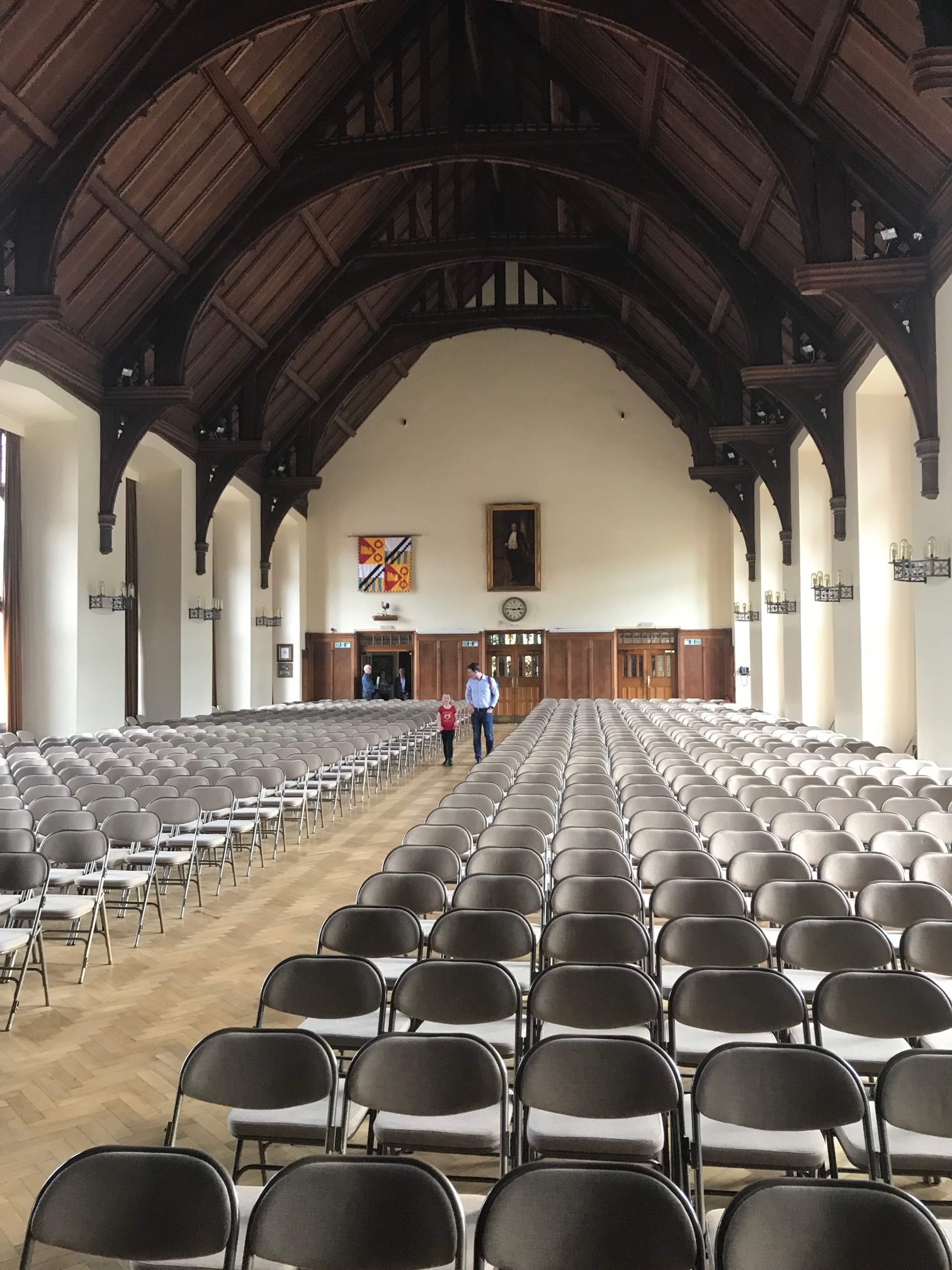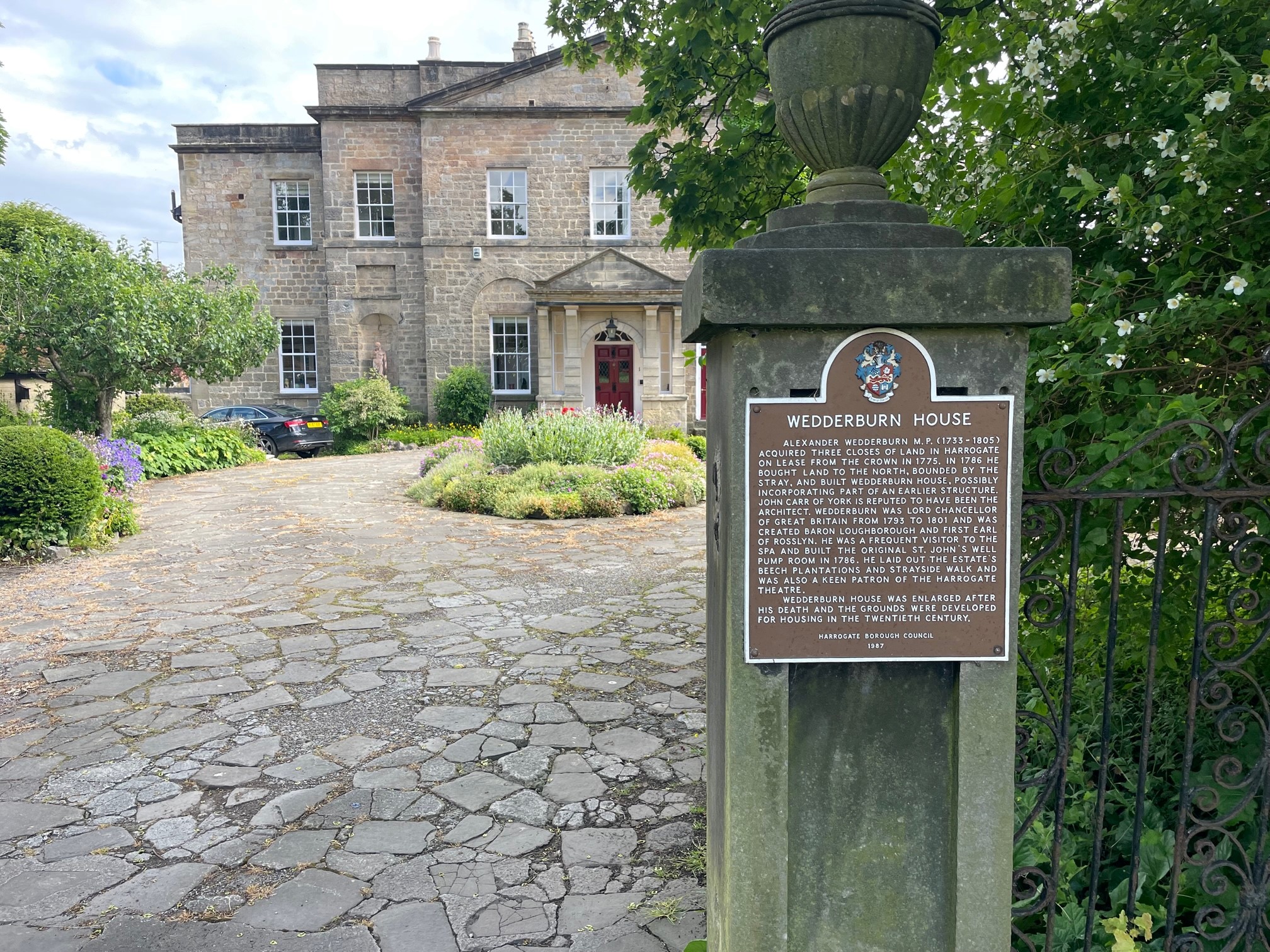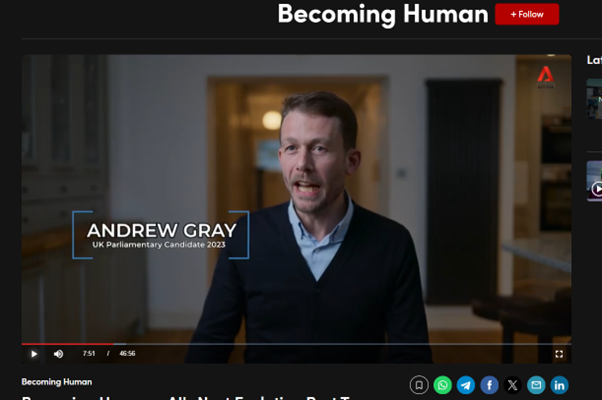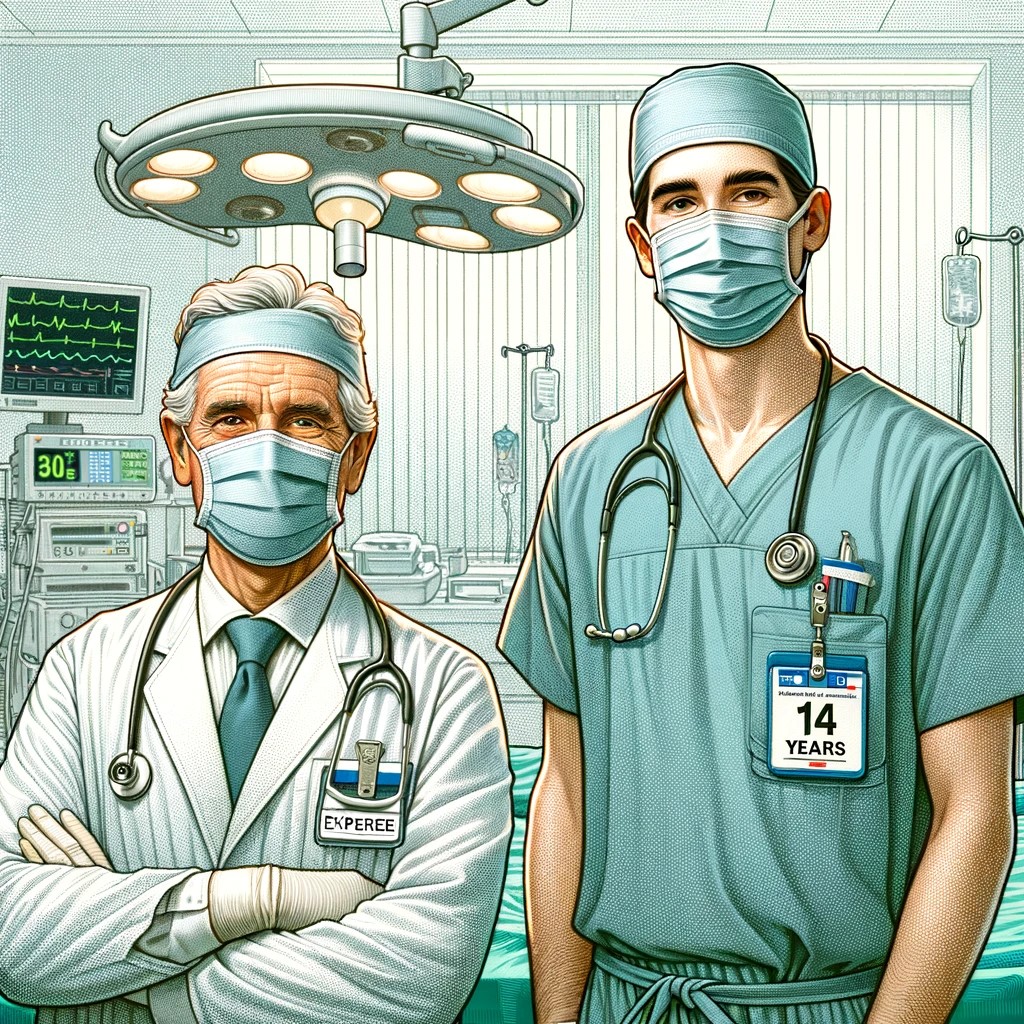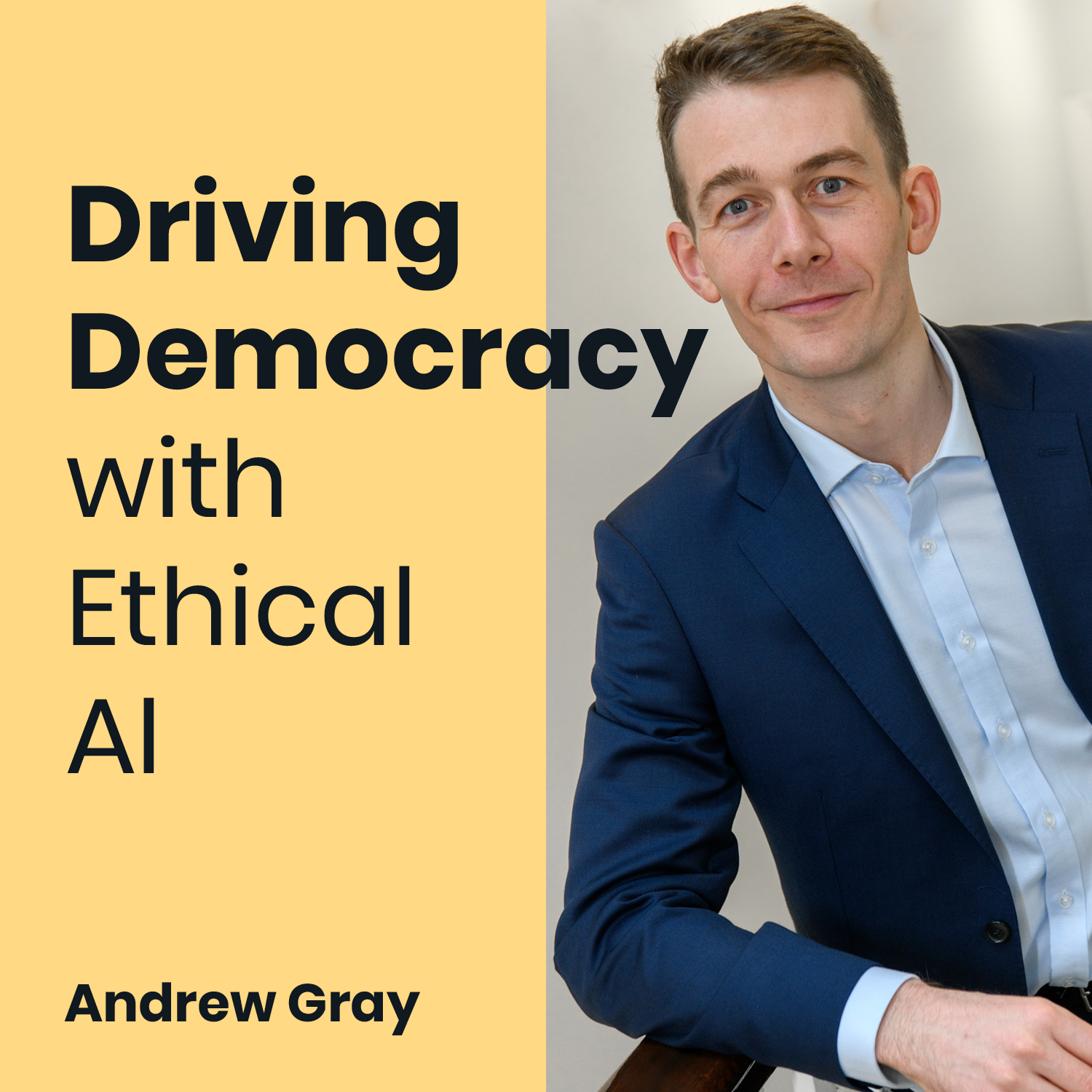Partygate, the despot-like re-writing of the Ministerial Code, Russian aggression and energy price hikes, all dominate the British news. Remember Covid? Well, Covid news has been – thankfully – consigned to the dustbin of history. But what ought to be on everyone’s lips is the US Congressional Hearing into UFOs.
Only 90 minutes of the hearing was held in public, but during this time, those of us who bothered to engage with it learned that, in simple terms, the US Government believes that UFOs are real. Sure, the Pentagon officials under questioning did not categorically say “UFOs exist”, however, they could not say what else the numerous UFO sightings could be. These officials stated that US pilots have been reluctant to make reports of UFOs for fear of looking foolish. Just imagine if all pilots, not just in the US military, felt able to make such reports – then how many incidents would need investigation.
In a rational world, the confirmation of UFOs ought to be a cause for great intellectual debate, but it isn’t. Social media, coffee shops, workplaces and anywhere else where conversation takes place, would, in a world populated by rational humans, be awash with talk about UFOs. For a start, all religious belief and history would be in need of reappraisal.
It seems to me that, we, as a species, cannot countenance the admission of something which, in its acceptance, would mean that we have to reconfigure of all our hitherto-held views. We are unable to process this information. So, we shut our minds to the facts. Ignorance is bliss. Let’s hope that aliens do not share the human desire to colonise others.
…………………………………………………………………………….
But, what do UFOs have to do with Covid? Let me explain.
Only political nerds like me follow Freedom of Information (FOI) requests. Several months ago, one such request – not made by me, I should add – piqued my interest. A wily individual asked Harrogate Borough Council to set out the number of deaths, each year, from 2015 to 2021, split between cremations and burials.
Now before you scroll down, I challenge you to affix, in your head, answers to the following questions. I have asked the below questions to a number of intelligent people, none of whom came even remotely close to accurately guessing the answer to question 3.
- In Harrogate, do you think that deaths are broadly even for the years before Covid – 2015, 2016, 2017, 2018, 2019?
- What, if any, impact did Covid have to deaths in 2020? Up or down, and by what percentage?
- Then, with those guesses fixed, ask yourself: what happened to deaths in Harrogate in 2021?
The following is the data provided by Harrogate Borough Council.
Year Cremation Burial
| 2015 | 1580 | 171 |
| 2016 | 1581 | 137 |
| 2017 | 1609 | 184 |
| 2018 | 1640 | 145 |
| 2019 | 1543 | 175 |
| 2020 | 1890 | 155 |
| 2021 | 512 | 47 |
Is that what you expected, particularly for 2021? I very much doubt it.
If, like me, and like everyone I have previously asked this question to, you didn’t foresee that the average deaths fell in 2021 by 68% from pre-Covid levels of an average of 1,753 people per year to just 559, then why were we all so wrong? At the time of writing, circa 75% of the population have had Covid. If Covid was so potent (which it was in 2020), why are more people alive today in Harrogate than there ought to be, given the number of people who have had it? Covid is still here: a number of my colleagues have recently had it and it was nasty and long-lasting.
Evidently, Covid was a massive threat in 2020, increasing the number of deaths in Harrogate by 14% (an extra 300 deaths). But, astonishingly, deaths then fell by 1,194 in 2021, which means – bizarrely – that Covid has saved lives in Harrogate. I struggled to write the previous sentence, but I must be led by the evidence.
The reasons behind these surprising stats must be multifactorial and should be forensically interrogated. What did Harrogate do right? Or was this just a case of wealthier, greener areas faring better than other places?
Most people confronted with this evidence usually retort, with: “The reduction in deaths must be down to the reduction in road traffic accidents.” Not an unreasonable suggestion, but an inaccurate assertion predicated on a miscalculation of the number of road traffic deaths per year. Pre-covid, circa 1800 people were killed on the roads in the UK, each year. Covid reduced these deaths by around 11%. By my estimations, Covid might have saved the lives of circa 6 people in the Harrogate area who, in normal times, would have died on the roads. This does not explain why more people are alive in Harrogate thanks to Covid.
Frequent readers of my blog will know that I was and remain fiercely critical of the Government for its slow response to the pandemic. As Dominic Cummings has stated, our Government’s clear and obvious early errors killed thousands of people. But deaths from Covid, based on Harrogate data, appears to have petered out much before vaccines were rolled out. Certainly, Covid is frequently a very unpleasant illness, with Long Covid having many similarities with my maladies. However, unless you broadly guessed the death figures for 2021, you must admit that you have been hoodwinked, when considering the Harrogate case.
Given that nobody I had spoken to was aware of these facts, I sent the story to two local news outlets. One editor published the story and the second did not. The second editor thought that this data – and its concomitant questions it raises – wasn’t newsworthy, much to my disbelief. The first editor, who ran the story, subsequently told me that this was one of the least read stories that the publication had had!
Like with UFOs, perhaps people don’t want to face facts. We simply cannot countenance re-evaluating everything that we thought we were sure of. But as Karl Marx once replied, when asked what his favourite maxim was, he said, “Question everything”.
……………………………………………………………
So shocked I was by Harrogate’s figures that I decided to FOI Blackburn and Salford councils, given my connection to the areas and given that their populations significantly differ from Harrogate – ethnically, socially and economically. Here are their figures:
Blackburn
| Year | 2017 | 2018 | 2019 | 2020 | 2021 |
| Cremations | 1217 | 1250 | 1238 | 1298 | 1,260 |
| Burials | 382 | 387 | 396 | 536 | 511 |
Pre-Covid, Blackburn saw an average of 1,623 deaths per year. The first year of Covid saw – similar to Harrogate – an increase of deaths by 13% (Harrogate was at 14%). However, unlike in Harrogate, deaths in 2021 were 9% above pre-Covid levels: a significantly different direction of travel to that of Harrogate. Covid has been lethal in Blackburn.
Salford
| Cremations
Number |
|
| 2017 | 1824 |
| 2018 | 1746 |
| 2019 | 1742 |
| 2020 | 2183 |
| 2021 | 1800 |
| Full Burials | |
| 2017 | 276 |
| 2018 | 285 |
| 2019 | 261 |
| 2020 | 325 |
| 2021 | 278 |
Pre-Covid, Salford saw an average of 2,045 deaths per year. In 2020, deaths increased by a whopping 22.7%, with an additional 463 deaths. Undeniably, Covid was very dangerous to the population of Salford in 2020.
In 2021, there was an increase in deaths on pre-Covid levels of 22 poor souls, up 1.6% on pre-Covid levels. As with Salford, the pattern in Blackburn was markedly different from the Harrogate experience.
My thesis is that these figures speak to the general lower life expectancies in poorer areas. Nothing new in that analysis, of course. Assuming that we as a country find these stark differences unacceptable, surely to even-up life expectancies (including between men and women, with women living on average 4 years more) ought to be central to our national conversation, but it isn’t. Rational aliens have nothing to fear from us.


